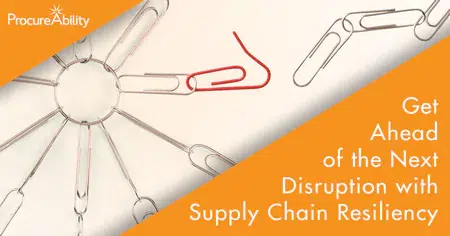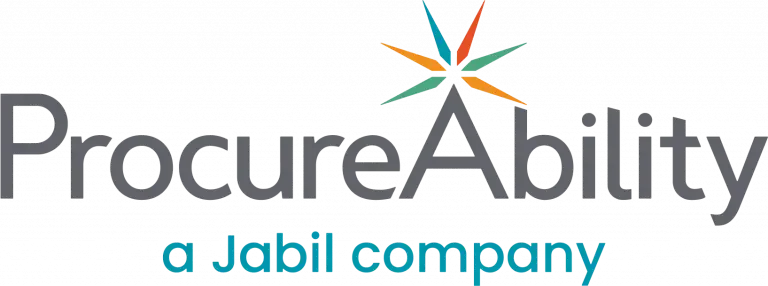
Supply Chain Resiliency has become an often quoted phrase of late in business conversations and planning meetings – and for good reason. The COVID-19 pandemic caught the world by surprise and very few organizations were prepared for what was to come. Because of this, Supply Chain Resiliency has quickly graduated from a thought exercise to a competitive advantage that can make or break a company’s response to future disasters.
What is a Resilient Supply Chain?
Resiliency is the ability quickly recover from an unpredictable disaster situation, like a global pandemic. But what is it that makes a Supply Chain actually “resilient?” There are many factors that contribute to a supply chain’s ability to quickly recover from an unpredictable event, including:
- A thoughtfully diversified supply base
- The ability to view and assess the performance and risk exposure across your entire supply base
- Regularly updated and rigorously tested scenario plans
A Thoughtfully Diversified Supply Base
COVID-19 has highlighted the need for many organizations to reduce the reliance on obtaining critical products from a sole source. It is essential that organizations begin assessing essential goods and services and begin building secondary supply bases to mitigate the risk of sole sourcing. For example, a client recently contacted us to help identify secondary sources of supply that would be needed if the Asian borders became further impacted due to COVID-19. They didn’t have an immediate need to replace the current supplier, but they were beginning to form contingency plans. If your organization relies heavily on overseas suppliers, it may be wise to begin assessing the feasibility of locating an on-shore or near-shore sources of supply.
The Ability to View and Assess the Performance and Risk Exposure Across Your Entire Supply Base
Managing the entirety of your supply base may seem like an impossible task, but luckily the Pareto principle makes this task much easier. Segmenting suppliers into their appropriate tier (see our blog on Krajlic’s Matrix) allows for your organization to better identify on which suppliers to focus your attention. Creating strategic partnerships with your critical suppliers can improve performance and allow your organization to consistently monitor the pulse of your most important suppliers. Mapping the critical portions of your supply base beyond the Tier 1 level allows you to better understand and address “hidden” risks.
Regularly Updated and Rigorously Tested Scenario Plans
A large component of being able to recover from a disaster is knowing what (and what not!) to do when disaster strikes. Scenario planning allows organizations to take a look at the current and potential risks to their Supply Chain and develop a series of potential scenarios. Organizations can be proactive and use the most likely scenarios as business cases for implementing changes to address and mitigate the major risks to their Supply Chain. Successful scenario planning requires regularly updated scenario plans along with continuous monitoring of the risks to your Supply Chain – the earlier risks are detected, the better prepared your organization will be.
The COVID-19 pandemic has impacted the world and the way we do business in ways that very few expected. Building a resilient Supply Chain is one of the most effective tools that organizations can utilize to help make corrective actions when disaster strikes again.
Subscribe to ProcureAbility Insights to access whitepapers, presentations, plus our latest thought leadership.



